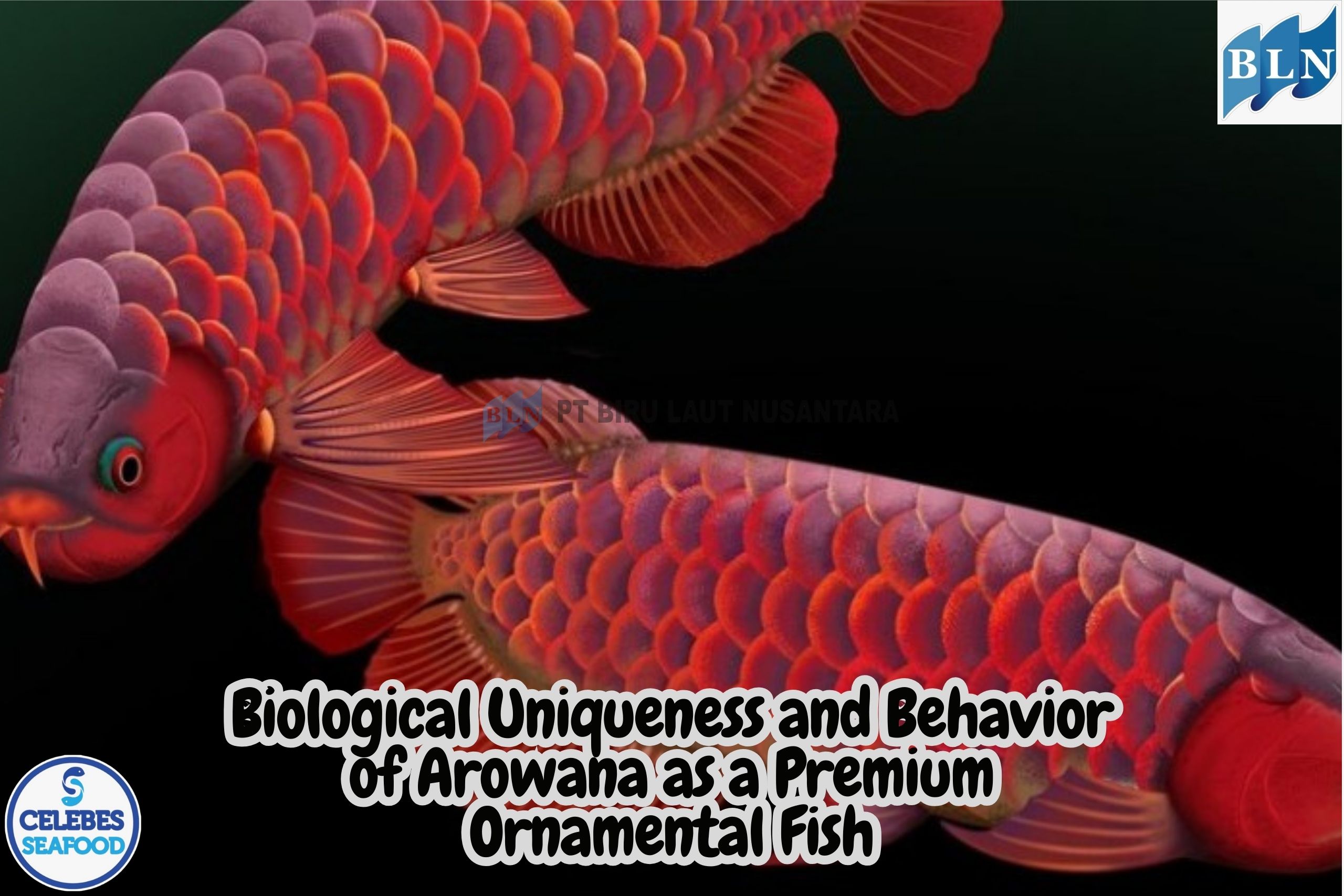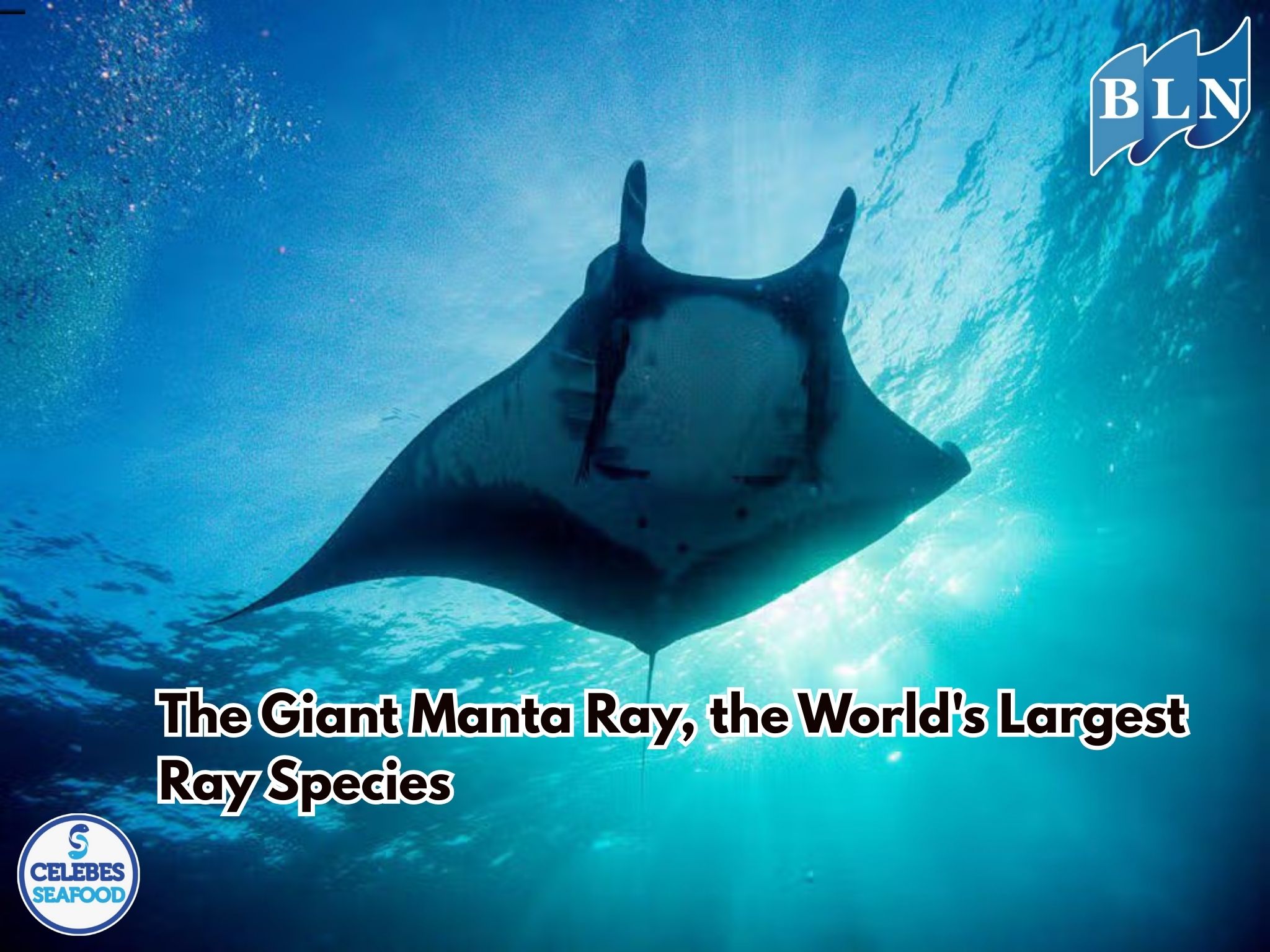Traditional vs. Modern Seafood Processing Methods: Which is Better?
By. Azizah - 05 Feb 2025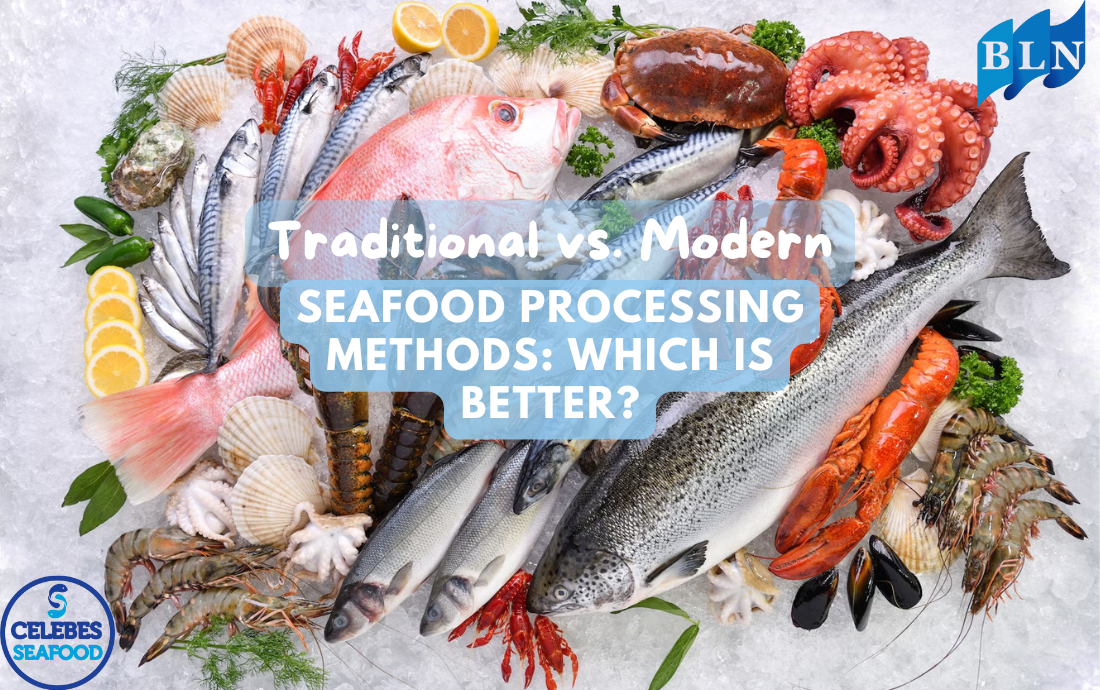
laut nusantara.com Seafood processing is a crucial step in ensuring the safety, quality, and longevity of seafood products. Over the years, processing methods have evolved from traditional techniques to highly advanced modern technologies. But which method is better? Let’s explore both approaches and analyze their benefits and drawbacks.
Traditional Seafood Processing Methods
Traditional seafood processing methods have been used for centuries, often relying on natural preservation techniques. Some of the most common methods include:
- Drying and Smoking: This technique removes moisture from seafood to prevent bacterial growth. Fish like salmon, mackerel, and cod are often smoked to enhance flavor and prolong shelf life.
- Salting and Fermentation: Salt is used to draw out moisture and prevent microbial contamination. Fermented seafood, like fish sauce and shrimp paste, is a staple in many Asian cuisines.
- Sun-Drying: Utilizing sunlight to dehydrate seafood is a cost-effective and natural method, often used in coastal communities.
- Curing: A combination of salting, smoking, and drying, curing has been a key method in traditional preservation.
Read Also : The role of Chitosan for body health
Advantages of Traditional Methods
- Cost-effective: Requires minimal equipment and infrastructure.
- Eco-friendly: Uses natural processes without artificial preservatives.
- Cultural significance: Many traditional methods are deeply rooted in local culinary traditions.
- Enhanced flavor: Smoking, salting, and fermentation often improve the taste of seafood.
Disadvantages of Traditional Methods
- Limited shelf life: Some traditional methods do not preserve seafood for long periods.
- Inconsistent quality: Processing depends on environmental factors such as temperature and humidity.
- Labor-intensive: Requires more manual effort compared to modern methods.
Modern Seafood Processing Methods
With advancements in technology, seafood processing has become more efficient and scalable. Some modern methods include:
- Freezing and Cold Storage: Quick-freezing techniques like IQF (Individually Quick Frozen) maintain freshness and texture.
- Vacuum Packaging: Removing air from packaging extends shelf life and prevents oxidation.
- Pasteurization and High-Pressure Processing (HPP): These techniques eliminate harmful bacteria while preserving nutrients.
- Canning and Retort Processing: Canned seafood, such as tuna and sardines, is sterilized under high temperatures to ensure long-term storage.
- Chemical Preservation: Some modern methods involve food-grade preservatives to extend shelf life and prevent spoilage.
Read Also : https://lautnusantara.com/detail/artikel/810/7-robinson-fish-fillet-processing-innovations-new-methods-to-maintain-freshness-and-nutrition
Advantages of Modern Methods
- Extended shelf life: Products last longer due to controlled storage conditions.
- Consistent quality: Standardized processes ensure uniform taste, texture, and safety.
- Scalability: Enables mass production and global distribution.
- Improved safety: Reduces the risk of contamination and foodborne illnesses.
Disadvantages of Modern Methods
- High cost: Requires advanced technology and significant investment.
- Environmental concerns: Some methods, like chemical preservation and excessive packaging, contribute to pollution.
- Loss of natural flavors: Processing may alter the original taste of seafood.
Which Method is Better?
The choice between traditional and modern seafood processing depends on factors like production scale, target market, and consumer preference.
- For artisanal seafood products, traditional methods preserve cultural heritage and enhance natural flavors.
- For commercial and export markets, modern processing ensures quality, safety, and longer shelf life.
- A hybrid approach, combining traditional techniques with modern food safety measures, may offer the best of both worlds.
Both traditional and modern seafood processing methods have their advantages and limitations. Traditional methods offer authenticity and eco-friendliness, while modern techniques provide efficiency and safety. The best choice depends on the intended use, with an increasing focus on sustainable and high-quality seafood production.
If you are interested in our Robinson Sea Bream Fillet Skin On, Redfin Emperor Fillet Skin On, Red Emperor Fillet Skin On please do not hesitate to contact us through email and/or whatsapp.
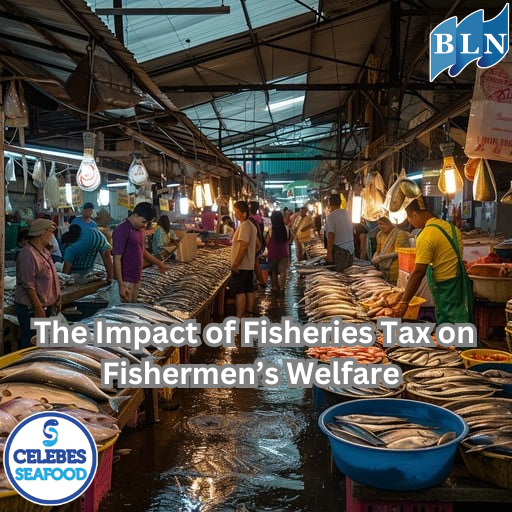
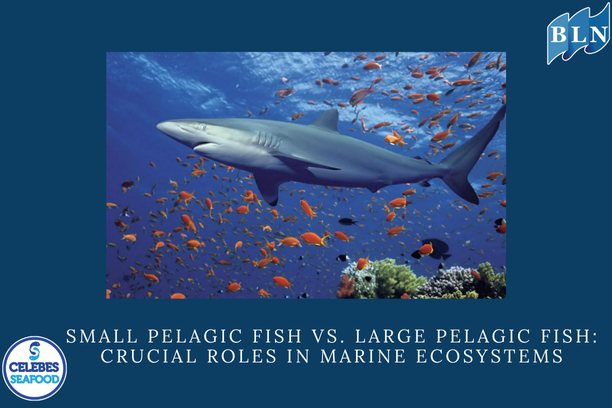
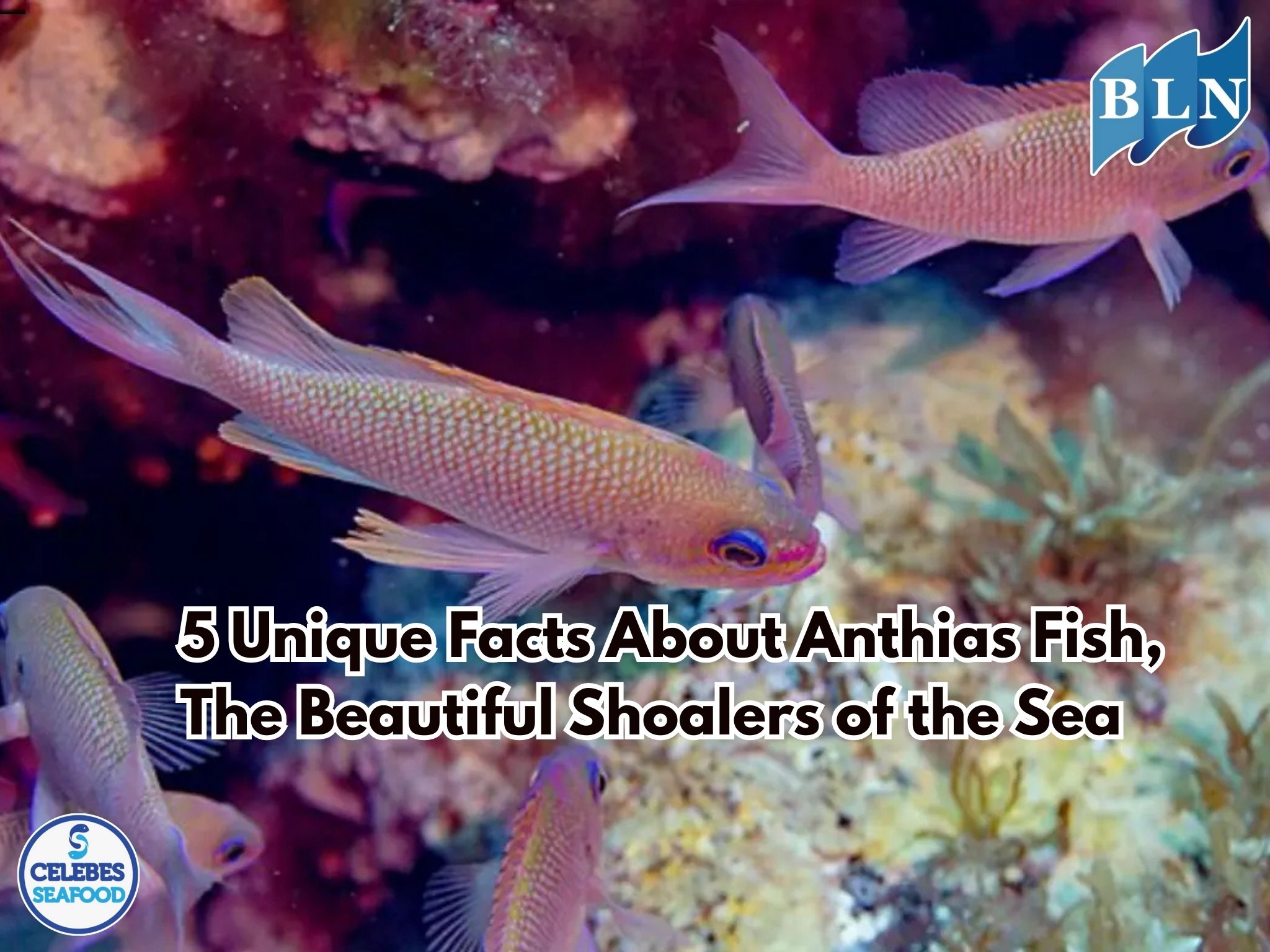
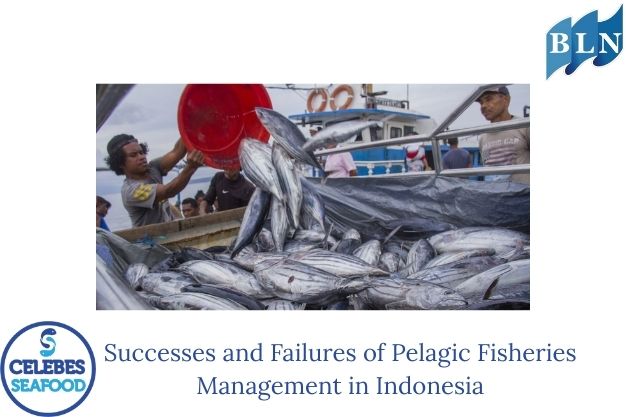
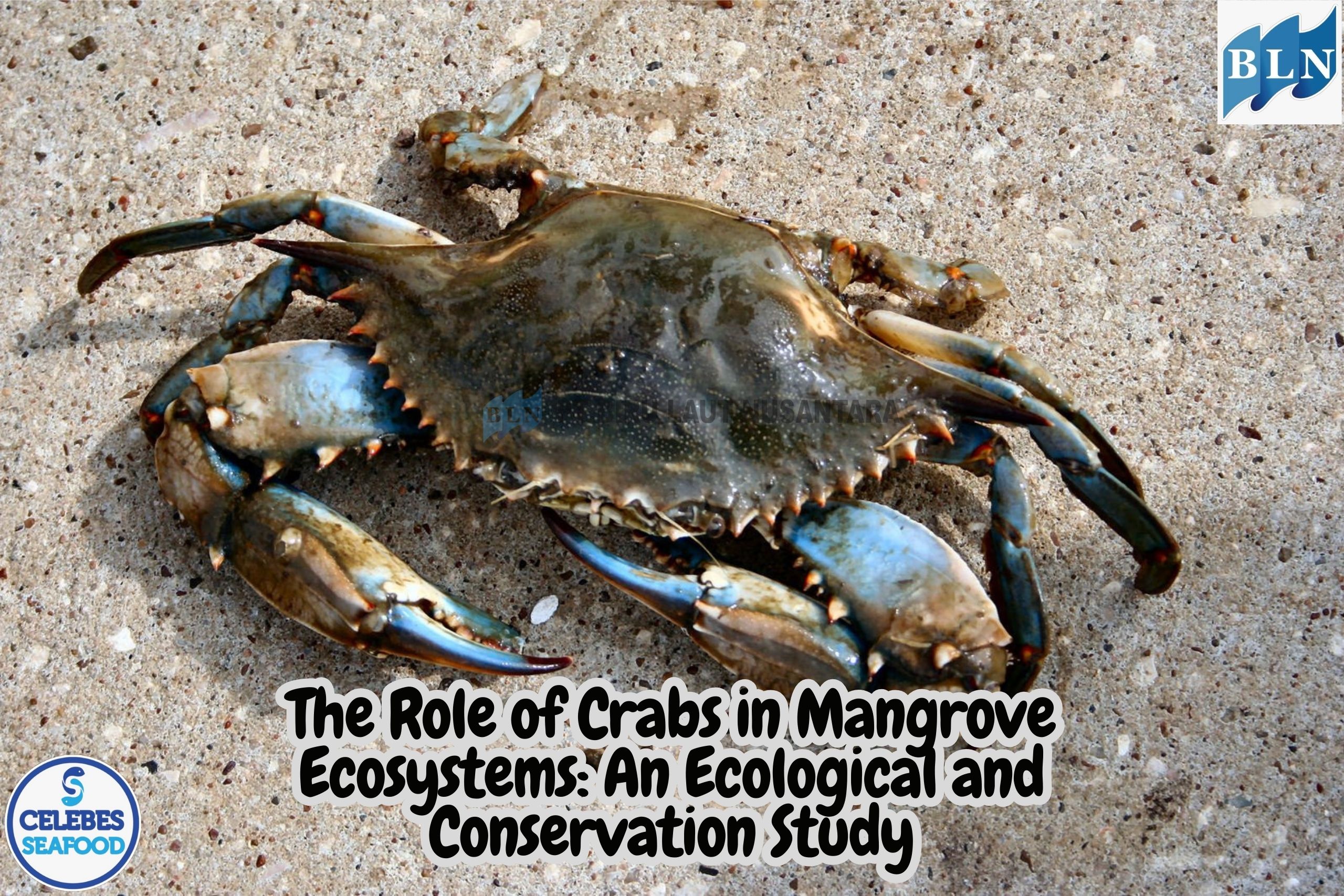
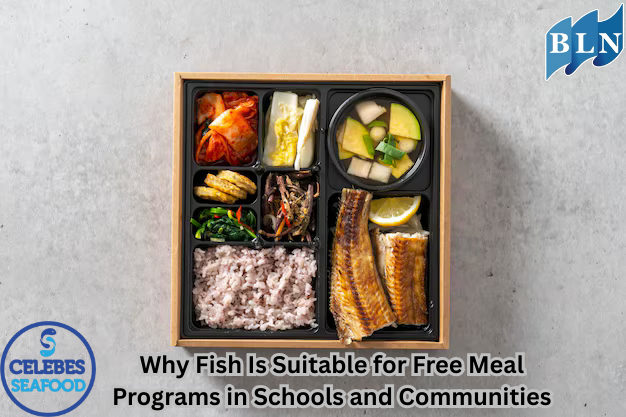
 on the Seabed.jpg)
